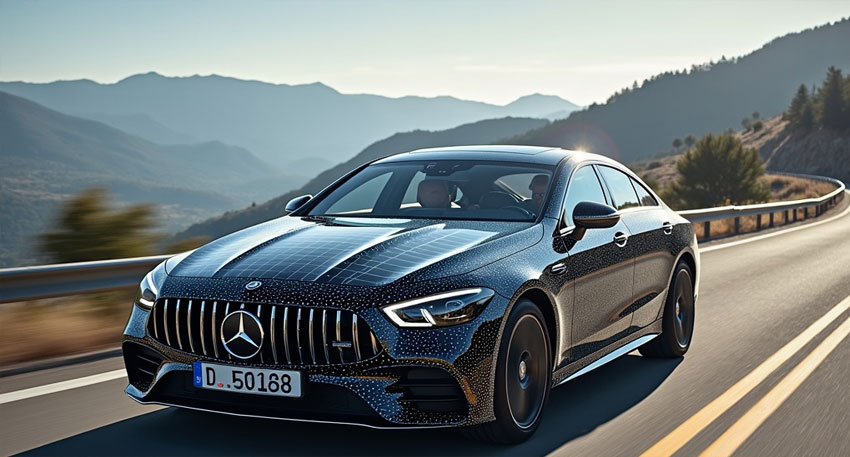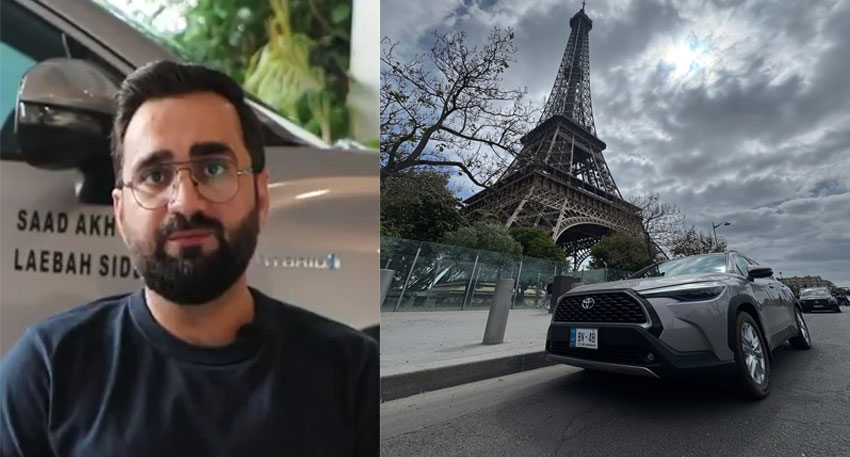
It has a 5-micron-thick solar coating weighing only 50 grams per square meter. The car s appearance and aerodynamics will not be manipulated or changed when the ultra-thin photovoltaic cells are integrated by the paint into the body panels of the car.
The car s outermost layer is nanoparticle-based, which means it will allow 94% of sunlight to pass through to the embedded solar cells. Moreover, consumers do not have to worry about car colour, as it is still going to be highly customizable despite this feature.
The embedded solar cells convert 20% of the sunlight that hits them into electricity, which is comparable to regular solar panels. The solar paint surface coverage is about 11 square metres. Roughly 12,000 kilometres of driving per year in European conditions can be generated by the solar paint and in regions that are sun-drenched, such as California, it can generate about 20,000 kilometres.
Also Read:Electric buses to boost transport in South Punjab
In order to power or charge EVs’ high-voltage systems, a micro-converter has been made by engineers at Mercedes-Benz, which will ensure that the solar panel’s low-voltage output is more suitable for the EV by boosting it to high-voltage levels. The car will continue to generate power even in parking mode.
The system could generate more energy than needed, which will be given back to home systems through vehicle-to-grid (V2G) functionality.
It is sustainable and cost-effective, as the paint does not use silicon and rare earth materials. It is environmentally friendly, as the paint does not use equipment that needs high energy or specialised ovens; instead, the paint application is done at room temperature.
Even though the paint holds true potential, there are many factors and challenges to consider, such as the performance of the system when exposed to different climates and debris and the application of paint to various cars, as every car has a different surface and curvature
All of 2025 s Mercedes-Benzes will test and develop the system with a tentative goal of bringing the technology to market around the year 2040.
Although it is unlikely that plug-in charging will be completely erased by the innovation of solar paint, it could still reduce citizens dependency on public charging stations; furthermore, it could decrease operating costs by making EVs more functional, and it could lessen range anxiety amongst consumers.



